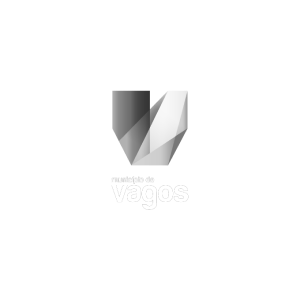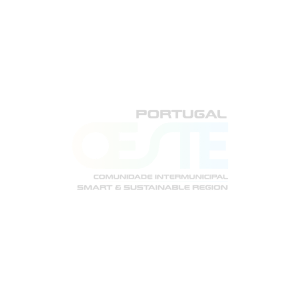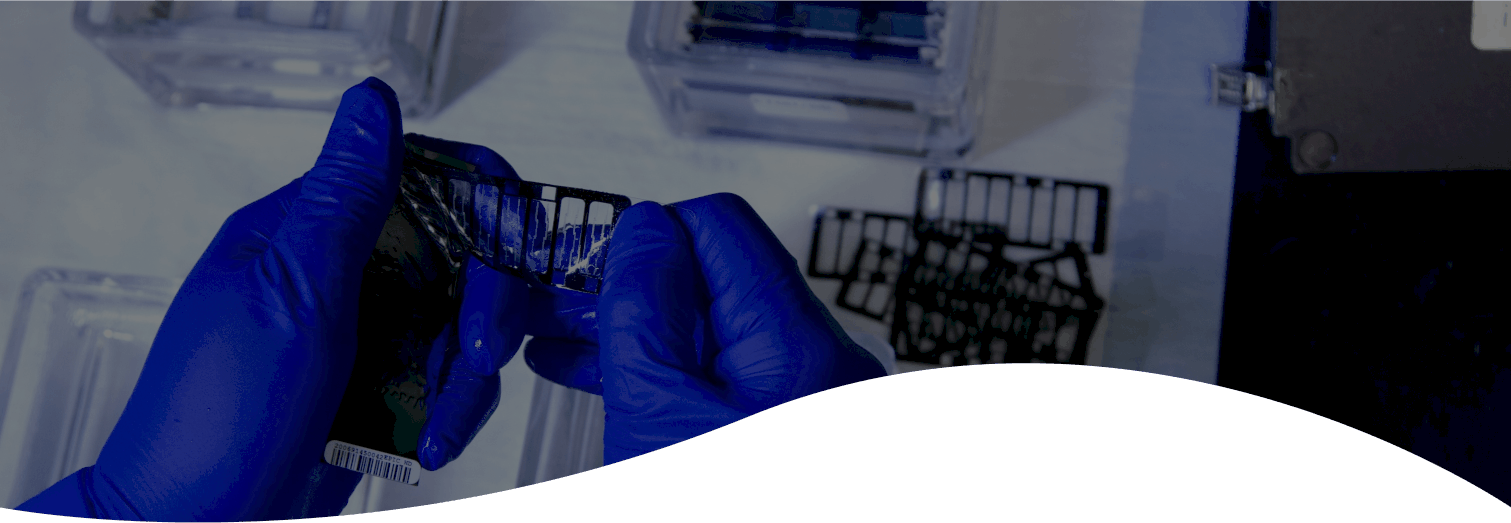
Based on:

Disclaimer:
All the following information is based on the BlueInvest Investor Report, which combines market data with results from an investor survey conducted by BlueInvest. BlueInvest is a European Commission initiative launched in 2019 with the aim to accelerate new ocean-based technologies and solutions to unlock innovation and investment opportunities in the sustainable Blue Economy. It is funded by the European Maritime, Fisheries and Aquaculture Fund (EMFAF).
BLUE BIOTECHNOLOGY
Definition for the sector
Blue biotechnology is the application of science and technology to aquatic organisms, using biological and chemical methods, to produce knowledge, goods and services.
Organisms include microorganisms (bacteria, microalgae and fungi), algae, vertebrates (fish) and invertebrates (e.g. sea cucumbers, sea urchins, sponges, shellfish, starfish and jellyfish) and applications include everything from extracting chemical products from the living organisms, all the way through to optimising the production and processing of the chemical produced by these organisms into marine-derived products, often for commercial purposes.
These products may be destined for use in a diverse range of subsectors: cosmetics, food, feed and nutraceuticals, pharmaceuticals, energy and biofuels, enzymes, and biopolymers for packaging, clothing, etc.
DDC Strategy - Digitalize, Decarbonize, Circularise
If based on renewable resources, industrial biotechnology, blue or otherwise, can save energy and reduce CO2 emissions. In fact, it is estimated that the sector has the potential to mitigate climate change by between 1 billion and 2.5 billion tons of CO2 equivalent per year by 2030.
For example, there are already some processes in place that use the bacteria and micro- and macroalgae found in industrial wastewater to produce exopolysacharides (EPS), degradable bioplastic polyhydroxyalkanoates (PHA) and spirulina for several biotechnological applications. Similarly, blue biotechnology SMEs typically perform lifecycle analyses to reduce their CO2 emissions and energy usage. Such activities mean that the sector is well positioned to reduce pollution and waste and can contribute to the green transition of other sectors.
Fórum Oceano Services for the sector
Business development and internationalization: market intelligence services; organization of business missions and matchmaking; support for investment initiatives; creation of ESG entrepreneurship and business acceleration programmes; support for business internationalization.
Business acceleration, entrepreneurship, digitalization and ESG innovation: implementation of European and extra-European projects focused on innovation ecosystems and networks; support services for the creation of ESG business models; ESG impact assessment services for companies and technologies; support for business financing; support for access to infrastructures for testing ESG technologies, products, and services.
Training, education, and literacy: Creation of technical and higher education training solutions; Development of blue literacy initiatives linked to ESG youth entrepreneurship and knowledge of ESG blue economy professions.
Organizing events and actions to communicate the ESG blue economy: Disseminating knowledge and good practices, fostering collaboration between stakeholders, and highlighting emerging opportunities in the ESG blue economy.
Strategic studies and public policy: Conducting strategic studies to define municipal, regional and national blue economy strategies.
Value Chain

Key Innovations and Technologies
| Innovation | Description | Value Proposition |
|---|---|---|
| Photobioreactors | Cultivation systems designed to grow photoautotrophic organisms by using artificial light sources or solar light to facilitate photosynthesis. Photobioreactors (PBRs) are used to cultivate micro- and macroalgae, bacteria, as well as some mosses. | Compared to open systems, PBRs can better replicate cultivation conditions, reduce the risk of contamination, decrease CO2 and nutrient losses and occupy a smaller area. |
| Marine biorefinery | Creation of multiple high-value products from marine biomass, which is rich in beneficial components including proteins, carbohydrates, lipids, small molecules, minerals and their derivatives. | Marine biorefinery allows for the production of input ingredients for all blue biotechnology-dependent industries from marine organisms and waste, thereby helping to maximise productivity and the effectiveness of applications. |
| Marine enzyme applications | Development of new applications for marine-sourced enzymes (proteins that help speed up metabolism and chemical reactions) in various biotechnology-dependent industries, including food, industrial chemicals, pesticides, cosmetics and nutraceuticals. | Marine enzymes can be produced on a larger scale and at a lower cost than chemical catalysts, yet have a similar or even stronger effect. Enzymes are also more environmentally friendly and, for food and feed, they can be healthier than other alternatives. |
| Microalgae-based nutrients & supplements | A plant-based source of protein that utilises microalgae (photosynthetic microorganisms that absorb CO2) to generate proteins, carbohydrates, lipids, minerals, vitamins, polyphenols, flavonoids and carotenoids. Additionally, microalgae (as well as other marine organisms) have new uses for nutraceuticals and food supplements. | Microalgae are rich in protein and can be produced in contained cultivation systems which have low water. Their production potential is 22-44 tons of protein per hectare. They offer an especially good source of protein for vegetarians and vegans. Their potential uses for supplements are also extensive (e.g. protein, omega 3,...). |
| Fertilisers & pesticides sourced from marine organisms | Organic fertilisers and pesticides created from marine organisms (e.g. seaweed, seagrass wrack and jellyfish biomass) for use in agricultural use. | In addition to being effective pest controllers, organic pesticides and fertilisers are far less harmful to the environment. Marine-based fertilisers are particularly rich in minerals. |
| Biofuels from marine resources | Biofuels developed from marine biomass (e.g. aquatic plant, algae or animal biomass) and marine waste (e.g. ocean plastics). Research focuses particularly on: biofuel formulas to increase the efficiency of the production process, fuel consumption, cost reduction and minimising environmental impact. Some common biofuels are methanol, ethanol, methane and butanol. | Biofuels can serve as alternatives to fossil fuels, which are both finite and price volatile. Biofuels also generate less pollution. |
| Bioplastics produced from or with marine resources | Plastic-like materials that can be produced from biological materials (like corn, or, in this case, marine organisms) or through fermentation. Bioplastic production also incorporates new recycling techniques, such as enzyme recycling. | Marine-derived bioplastics provide a way to meet the ever-growing demand for plastic with a product made from recycled materials that requires less petroleum and generates less pollution and waste than traditional plastics. |
| Cancer drugs and antibiotics from marine organisms | The analysis and use of marine organisms such as algae, invertebrates, bacteria, fungi and other aquatic organisms to isolate bioactive compounds and produce new drugs. | Marine-sourced drugs offer innovative and effective treatments for diseases that are currently incurable and often lethal. Additionally, marine fungi have proved to be an excellent source of bioactive compounds for antibiotic use. |
| Marine-sourced vaccines and vaccine adjuvants | New vaccines for both humans and livestock that are derived from marine organisms or use marine organisms as adjuvants to increase the immune response. | Diseases with no currently known treatment could be prevented by using marine organisms in vaccines. Vaccine safety and efficiency can also be increased through the use of marine adjuvants. |
| Marine-based cosmetics | The use of naturally sourced marine compounds to develop cosmetic products such as creams. | Marine organisms can contain natural compounds that having hydrating, antioxidant, anti-aging or UV-protection properties. They also grow faster and are easier to handle, cultivate and scale up than plants, as production is not dependent on environmental conditions. |
Blue Biotechnology Markets Data


Blue Economy Barometer


Hub Azul Dealroom


Euronext Lisbon


Blue Invest

Fórum Oceano is the managing entity of the Portuguese Sea Cluster, certified and recognised by the Ministry of Economy and the Sea, the Ministry of National Defence and the Ministry of Planning and Infrastructure.
With the support of

Headquarters
Delegation
© 2025 Fórum Oceano. All rights reserved. Developed by Yacooba Labs





